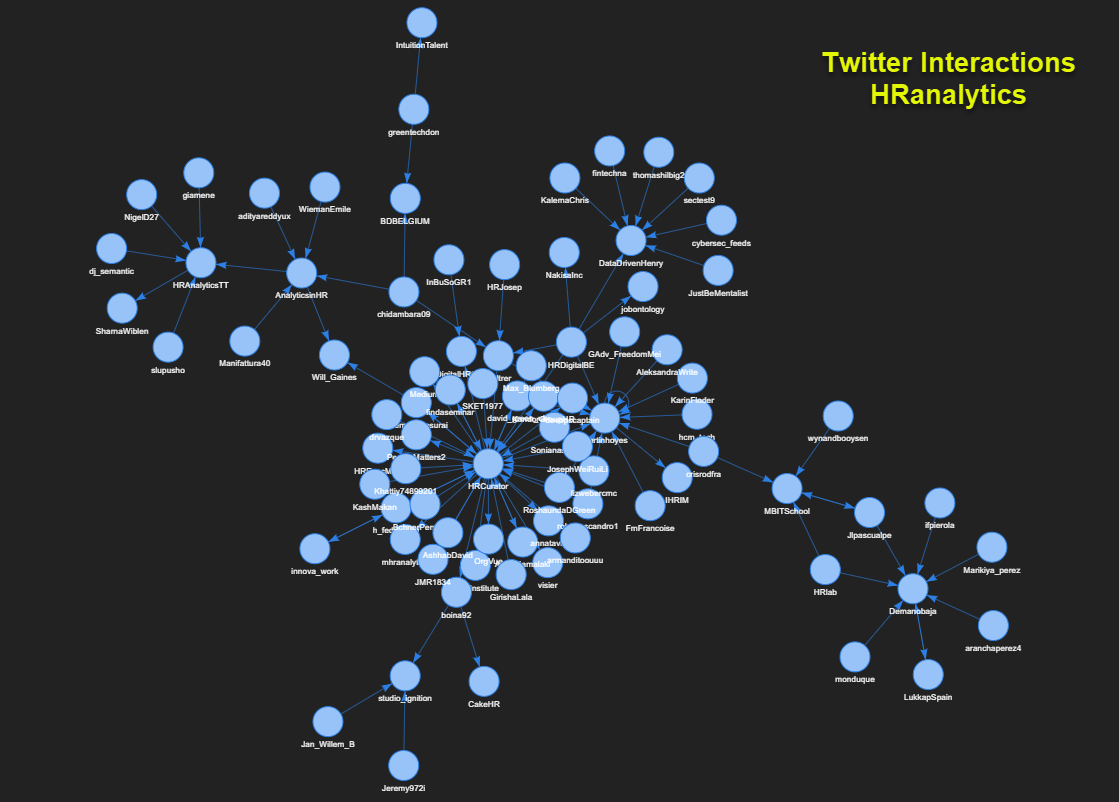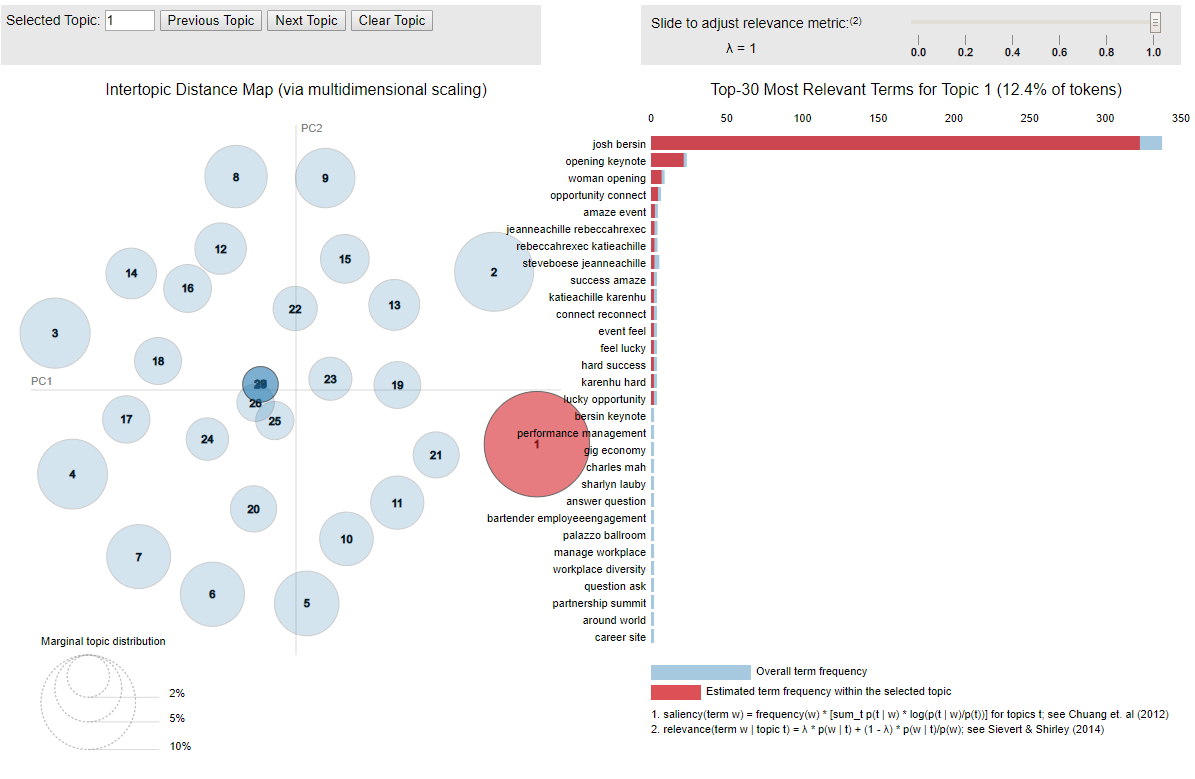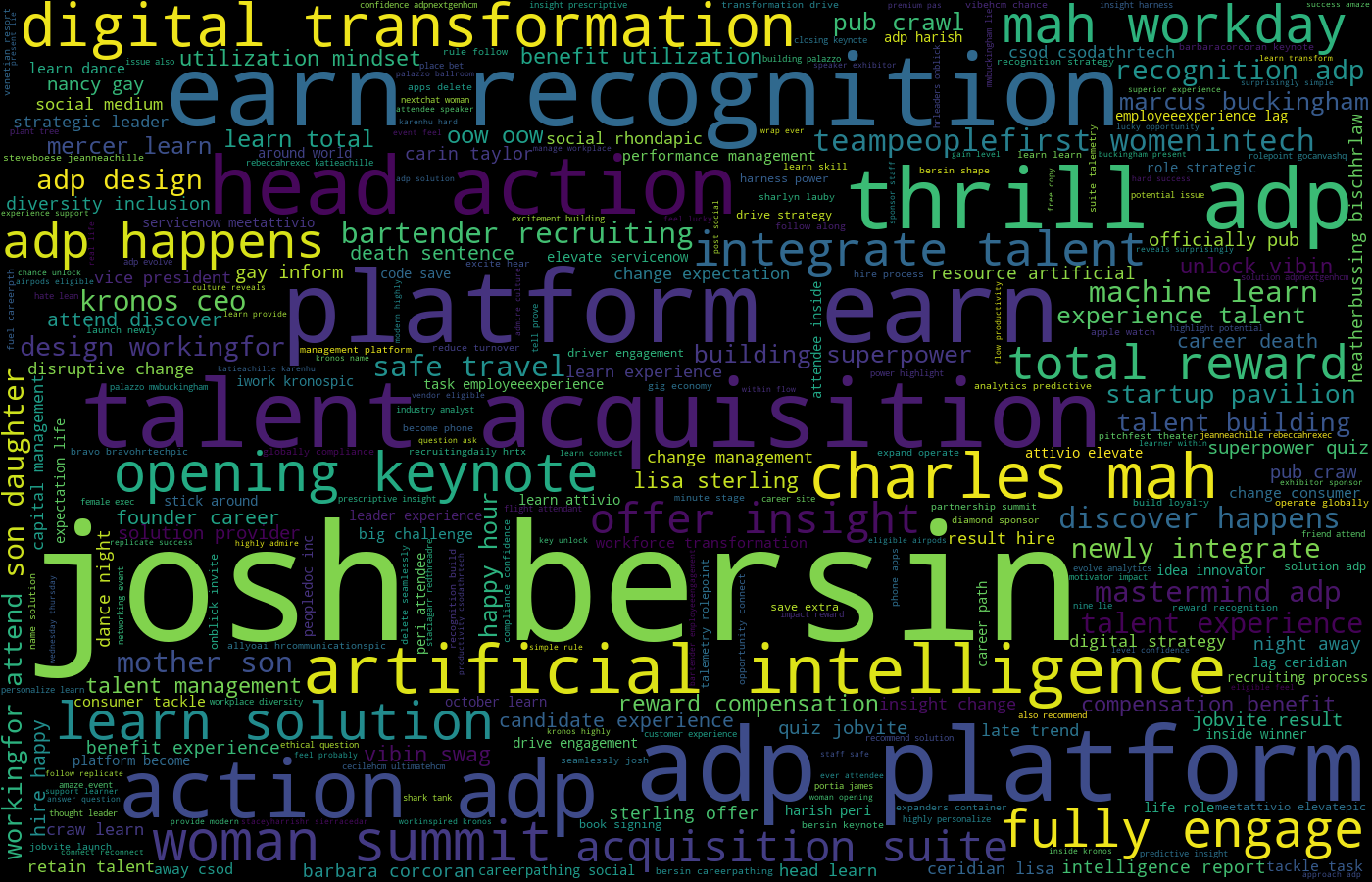For work reasons, I have opportunities to interact with HR analysts everyday. I am always curious what skills one would need to become an HR analyst.
Below is an HR Analyst job summary from SHRM.org. Other names for HR Analyst include People Analytics Analyst, Workforce Analytics Specialist, Data Analyst – People Analytics, etc.
The Human Resource (HR) Analyst will collect, compile, and analyze HR data, metrics, and statistics, and apply this data to make recommendations related to recruitment, retention, and legal compliance.
SHRM.org
To become an HR analyst, one needs to have the HR-related domain knowledge. This topic will be explored in another article. Here we will just focus on technical skills, general skills, and education.
Continue reading “What Skills Do You Need to Become an HR Analyst”







